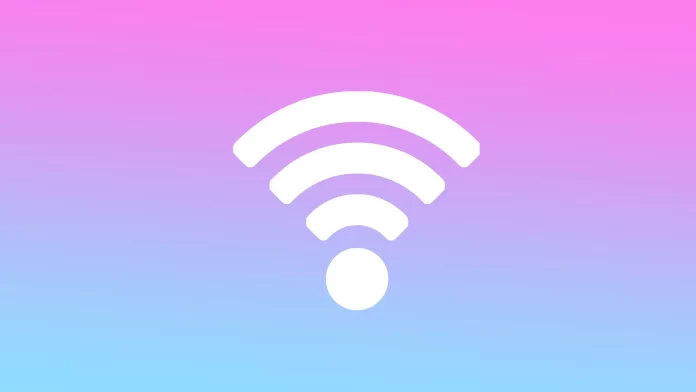On a Mac, the default setting for Wi-Fi networks is usually that the Mac automatically connects to the network with the strongest signal or the network you last connected to. This means that if there are multiple available networks, your Mac will automatically connect to the network with the strongest signal or the last used network.
To prioritize a specific Wi-Fi network, you can set this up in macOS Monterey 12. However, this process is different in macOS Ventura 13.
There is a recommendation in the Apple guide “How to Change the Order in Which Network Services Are Used,” but it refers to prioritizing the type of connection, such as Ethernet (wired connection), Wi-Fi, or Bluetooth, and has nothing to do with prioritizing the selection of Wi-Fi networks.
Setting Wi-Fi Network Priority in macOS Monterey 12
In macOS Monterey 12, you can easily adjust network priority. Follow these steps:
- Click on the Apple menu in the top left corner of your screen.
- Select “System Preferences.”
- Click on the “Network” icon.
- In the left sidebar, you will see a list of network connections. Click and drag the network you want to prioritize to the top of the list.
- Your Mac will now prioritize this network over all other connections.
- If you want your Mac to always connect to a specific network, click on the “Advanced” button at the bottom right of the window. Depending on your connection type, you can drag the desired network to the top of the list in the “Wi-Fi” or “Ethernet” tab. Don’t forget to click “Apply” to save the settings.
Setting Wi-Fi Network Priority in macOS Ventura 13, macOS 14 Sonoma, macOS 15 Sequoia
Starting with macOS Ventura 13, the ability to manually prioritize Wi-Fi networks has been removed. Instead, the system prioritizes networks based on security standards in the following order: EAP, WPA3, WPA2/WPA, WEP, unsecured/open network. If you’ve already used a network, it will take priority. If the network is not available, you will be prompted to connect to the network selected based on the security standard.
For most users, this is not an issue, as you are usually always connected to a specific network, either at home or at work. However, if it’s important to you which network you’re using, you’ll need to manually select the correct network when connecting.





